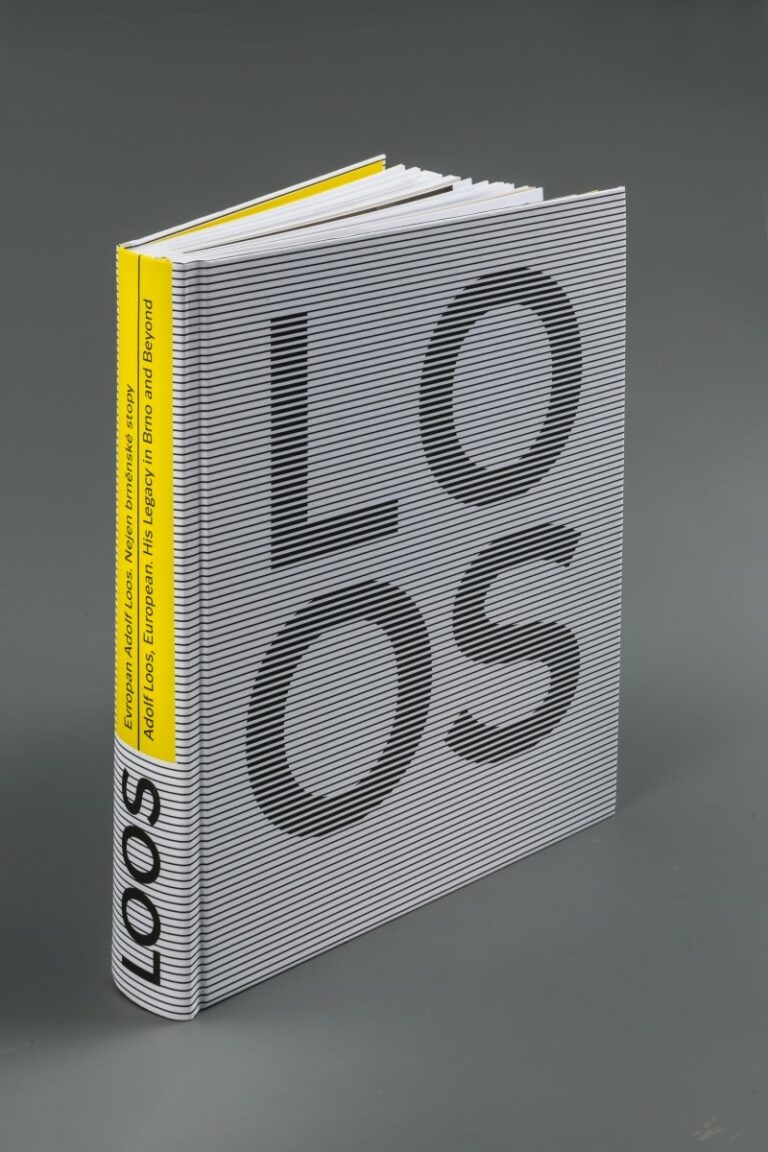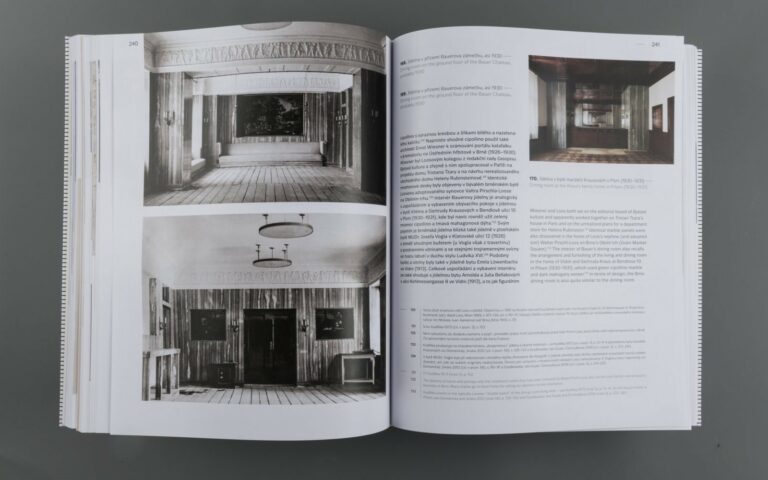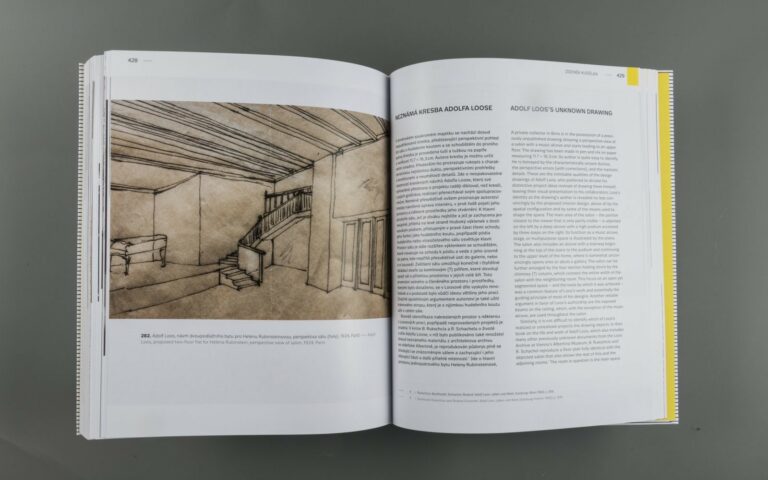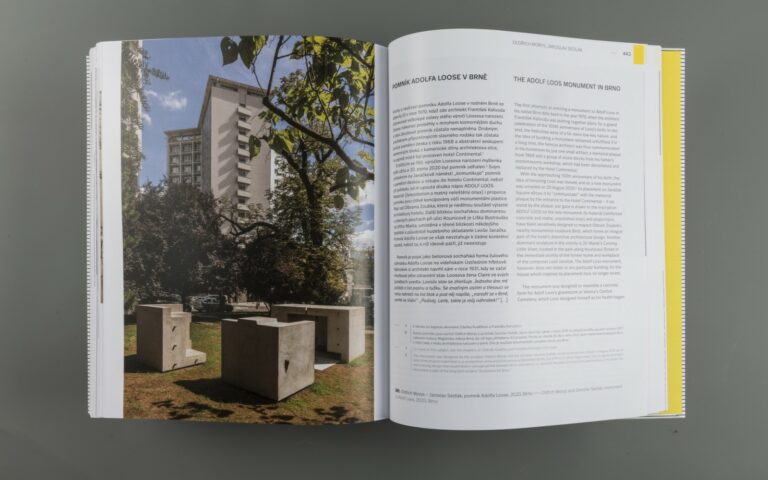JINDŘICH CHATRNÝ, DAGMAR ČERNOUŠKOVÁ, JANA KOŘÍNKOVÁ (EDS.).
On the occasion of the 150th birth anniversary of Adolf Loos, the Brno City Museum, in cooperation with the Faculty of Fine Arts of the Brno University of Technology, published a representative publication Evropan Adolf Loos. Nejen brněnské stopy / Adolf Loos, European. His Legacy in Brno and Beyond at the end of 2020 which accompanied the exhibition of the same name.
Jindřich Chatrný, Dagmar Černoušková, Jana Kořínková (eds.). Evropan Adolf Loos. Nejen brněnské stopy / Adolf Loos, European. His Legacy in Brno and Beyond, Brno 2020.








